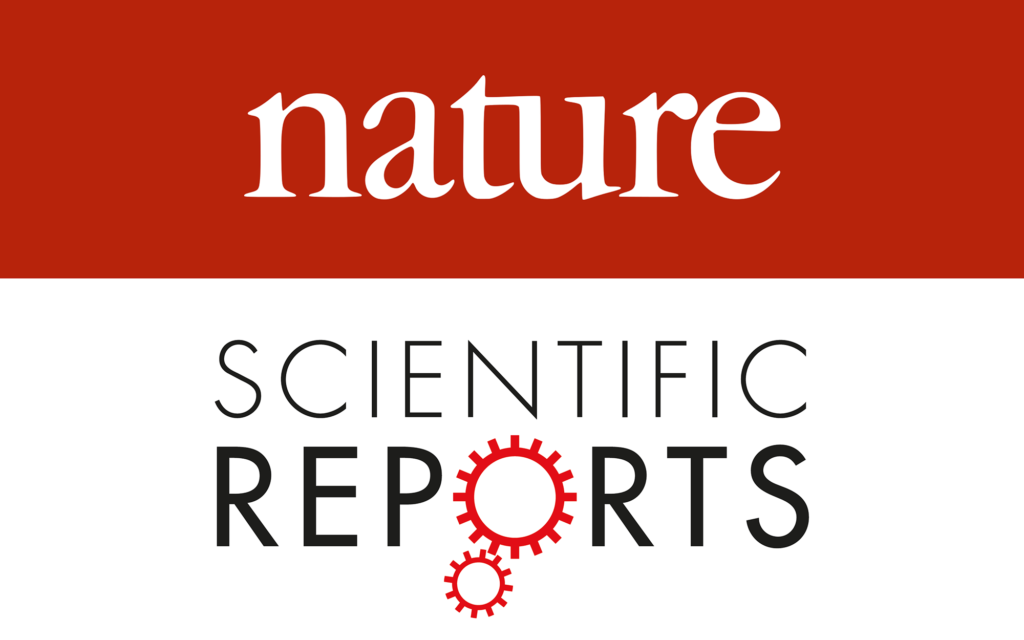
In the past few weeks we have published a couple of manuscript on the relationship between feeding ecology and dental macrowear in Asian and African apes. In the first study published in the American Journal of Biological Anthropology we looked at tooth macrowear patterns in gorillas, orangutans and chimpanzees finding differences linked to their feeding ecology.
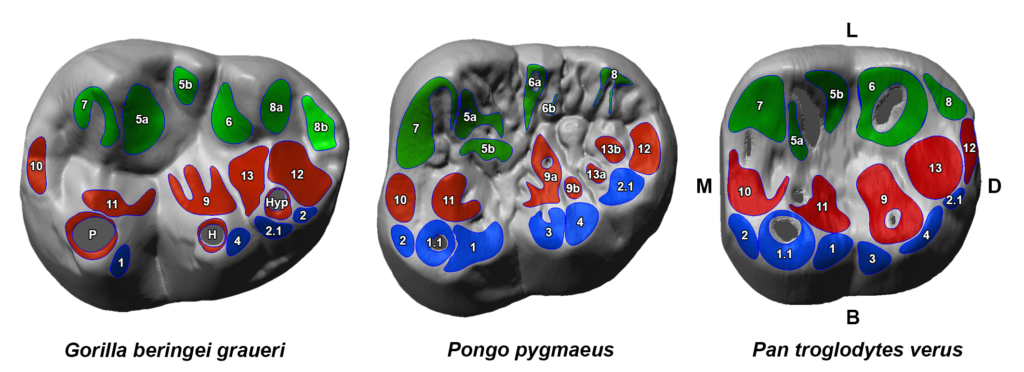
In particular the chimpanzee’s pattern looks significantly different from those of orangutans and gorillas, and this is probably related to their more frugivorous diet. On the other hand, it seems that the mastication of mechanically challenging foods plays an important role in the formation of wear patterns in gorillas ands orangutans, which look similar at the macrowear level.
A second study published in Scientific Reports examined more in details if the analysis of molar macrowear in gorillas can be associated with ecological differences at the subspecies level. Although gorillas have been traditionally portraited as folivorous primates, they consume various types of foods including large amount of fruit.
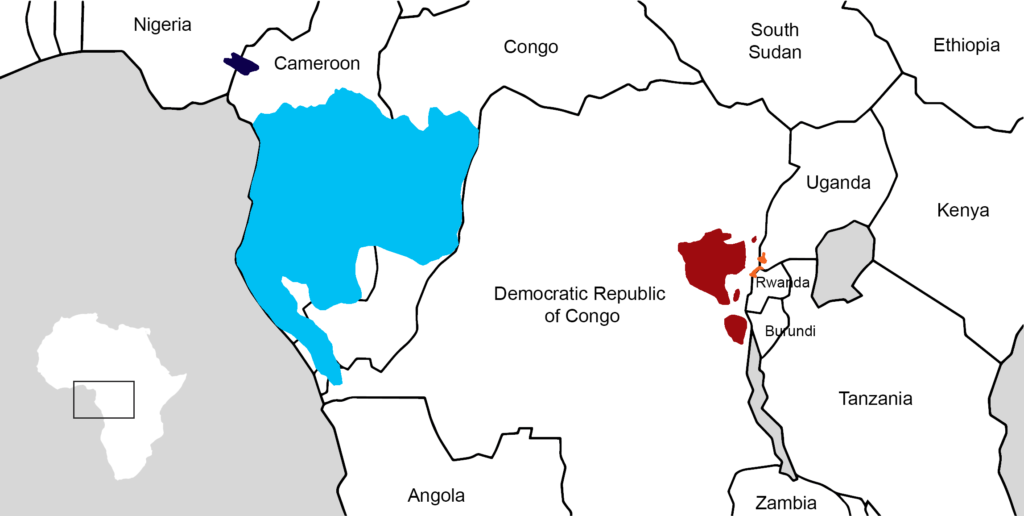
We found that while the wear pattern of mountain gorillas is associated with a diet predominantly consisting of herbaceous material, both western and eastern lowland gorillas are characterised by a molar macrowear indicating the exploitation of larger quantities of fruit.
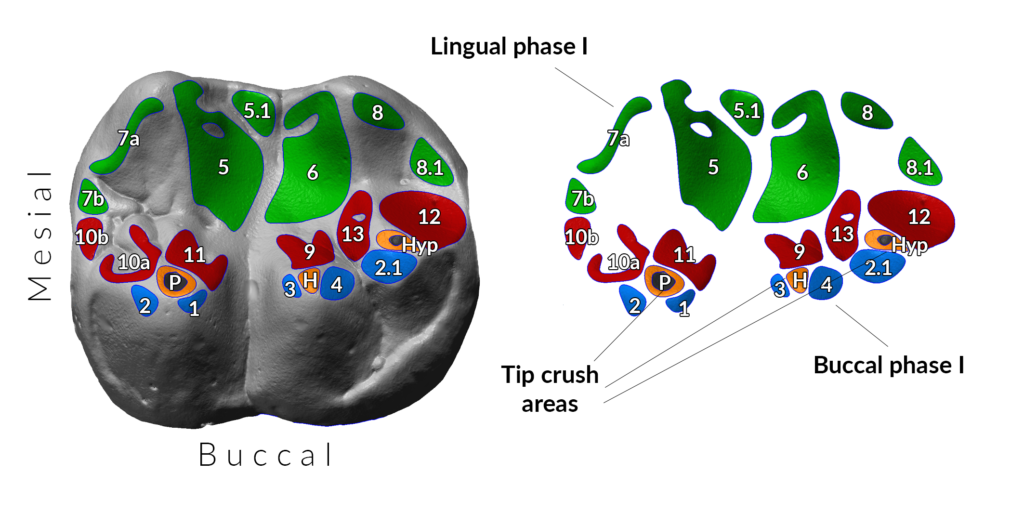
This is in agreement with ecological data that suggest that western and eastern lowland gorilla prefer ripe fruit, and they only eat more mechanically challenging foods when fruit is not available.
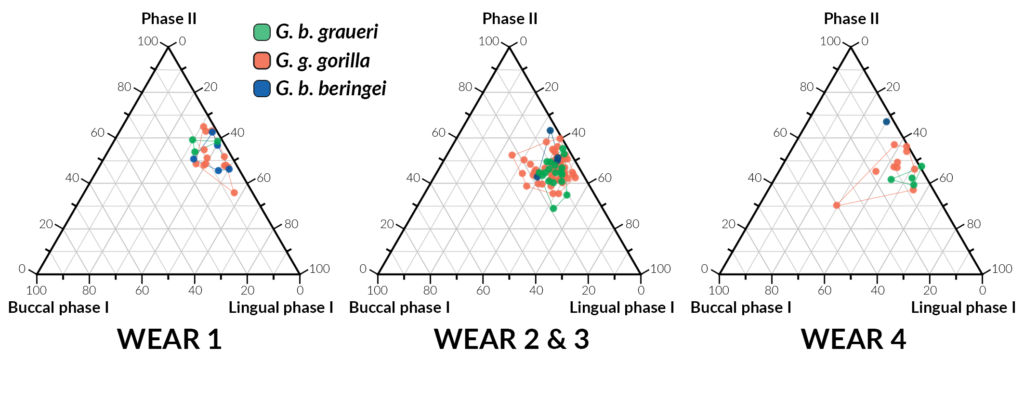
The occlusal fingerprint analysis method is becoming a powerful tool not only to reconstruct the diet of extinct human species, but also to detect important ecological and dietary information in primates at the subspecies level. These studies in living primates can be extremely helpful because they allow to understand the relationship between food items, mastication and tooth wear, information that can be used to address questions in human evolution and adaptation to dietary changes.




